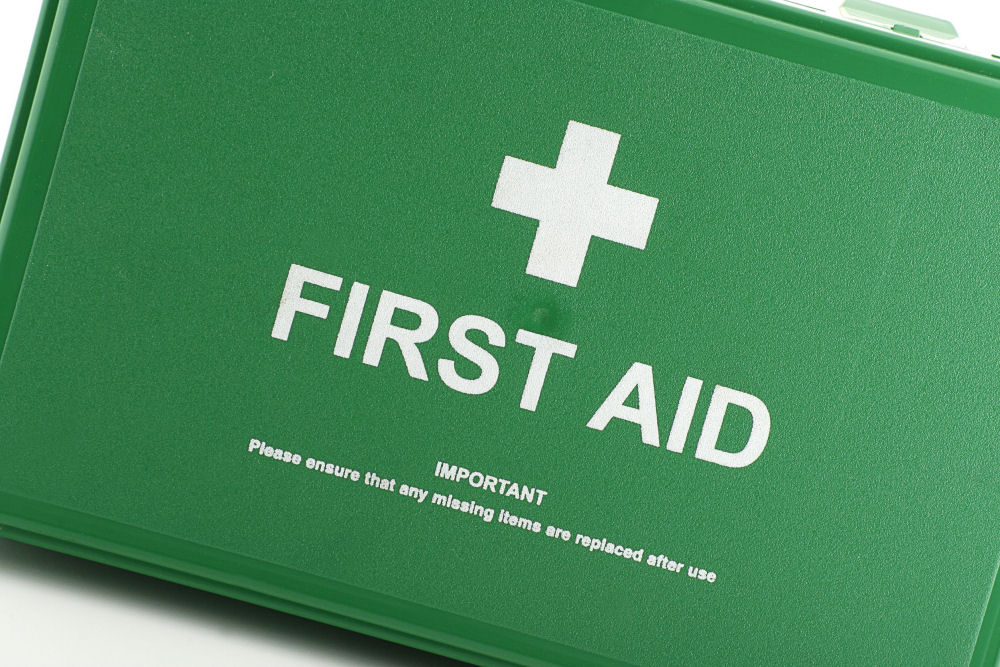Accident investigation form
An accident investigation form: a structured tool to gather and analyse detailed information, identify causes, and implement preventive measures for workplace incidents, fostering a safer work environment and compliance with health and safety regulations.
10 mins
225
What is an Accident investigation form?
The purpose of an accident investigation form is to systematically gather detailed information about an accident or incident that occurred in the workplace. The form serves several key purposes:
-
Recordkeeping: It provides a documented record of the accident, ensuring that all relevant details, including date, time, location, individuals involved, and witnesses, are captured accurately. This information is essential for future reference, analysis, and compliance purposes.
-
Fact-Finding: The form facilitates a structured approach to collecting facts and evidence related to the accident. It prompts the person completing the form to document the sequence of events, contributing factors, and any potential hazards or unsafe conditions that may have contributed to the incident.
-
Root Cause Analysis: An accident investigation form allows for a thorough examination of the underlying causes of the accident. By documenting contributing factors, equipment failures, human errors, or system deficiencies, the form helps identify the root causes, enabling corrective actions to be implemented effectively.
-
Preventive Measures: The form assists in identifying preventive measures and control measures to mitigate the risk of similar accidents in the future. It prompts the investigator to propose recommendations and corrective actions that address the root causes and reduce the likelihood of recurrence.
-
Compliance: The completion of an accident investigation form may fulfil legal or regulatory requirements for reporting and documenting workplace accidents. It helps ensure compliance with applicable health and safety regulations and facilitates cooperation with regulatory authorities, if necessary.
-
Communication and Awareness: The form serves as a means of communication within the organisation. Sharing the investigation findings and the resulting actions with relevant stakeholders helps raise awareness about the incident, potential risks, and safety measures, fostering a culture of transparency and accountability.
-
Continuous Improvement: By analysing trends and patterns revealed through multiple accident investigation forms, organisations can identify areas for improvement in their health and safety management systems. This leads to the development of preventive strategies, training programmes, policy enhancements, and other measures aimed at enhancing workplace safety.
Overall, an accident investigation form supports a systematic and structured approach to investigating workplace accidents, enabling organisations to learn from incidents, prevent future occurrences, and foster a safe and healthy work environment for employees.
Great Britain & NI (United Kingdom), Worldwide
What legislation and best practice guidelines have been taken into account in the development of this template?
-
Health and Safety at Work Act 1974: Places a duty on employers to ensure the health, safety, and welfare of employees, including conducting accident investigations to prevent future incidents.
-
Reporting of Injuries, Diseases, and Dangerous Occurrences Regulations 2013 (RIDDOR): Requires employers to report and investigate certain types of accidents, injuries, and near-misses that occur in the workplace.
-
Management of Health and Safety at Work Regulations 1999: Obliges employers to conduct risk assessments and take appropriate measures to prevent accidents, including the implementation of accident investigation procedures.
-
Control of Substances Hazardous to Health (COSHH) Regulations 2002: Requires employers to assess and control the risks posed by hazardous substances, investigate accidents involving such substances, and take preventive measures.
-
Provision and Use of Work Equipment Regulations 1998 (PUWER): Mandates employers to ensure that work equipment is safe, suitable, and regularly inspected, and to investigate accidents involving work equipment.
-
The Reporting of Injuries, Diseases, and Dangerous Occurrences (Amendment) Regulations 2012: Expands the scope of RIDDOR reporting and emphasizes the importance of thorough accident investigation.
-
The Equality Act 2010: Ensures that employers investigate accidents and incidents that may have resulted from discrimination or harassment based on protected characteristics.
-
Employment Contracts and Company Policies: Internal policies and contractual obligations may require employers to conduct accident investigations and maintain records as part of their commitment to health and safety in the workplace.
-
Trade Union and Labour Relations (Consolidation) Act 1992: Provides employees who are members of trade unions with the right to be represented during accident investigations, ensuring fair and transparent processes.
-
Common Law Duty of Care: Employers have a legal duty of care to provide a safe working environment, and accident investigations are an essential part of fulfilling this duty.
Other territories
Consult your jurisdiction's employment legislation or labor laws to ensure compliance with the template. Review the language for local precision.
